Optimal Timing for Blacktop Patching
Timing plays a crucial role in the effectiveness of blacktop patching. The optimal period for performing patching services depends on climate conditions, temperature ranges, and local weather patterns. Proper timing ensures better adhesion, durability, and longevity of the repair work.
Ideal for patching due to warmer temperatures and lower moisture levels, which promote proper curing and adhesion.
Suitable when temperatures are still warm, and there is minimal rainfall, ensuring the patching material sets correctly.
Patching during cold, rainy, or freezing weather can compromise the integrity of repairs and lead to premature failure.
Typically, temperatures between 50°F and 85°F are recommended for optimal patching conditions.
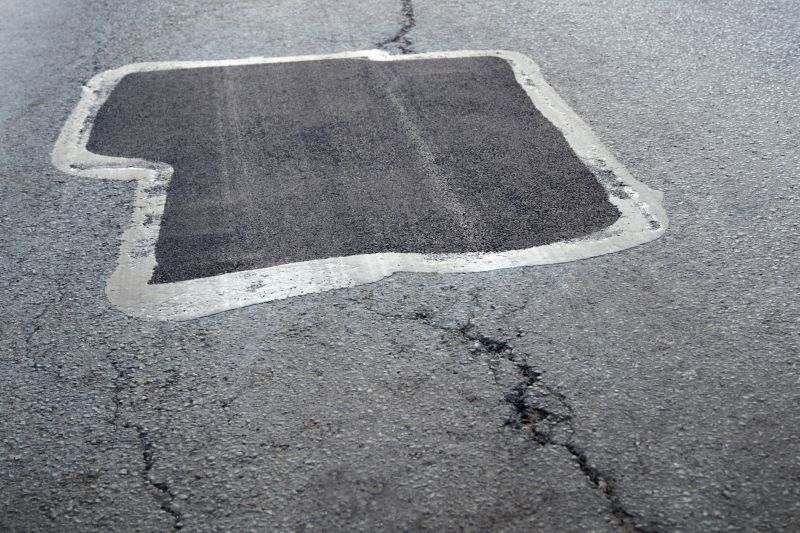
A crew applying patching material during a warm, sunny day.

A freshly patched asphalt surface in springtime conditions.

Preparing asphalt for patching during early fall weather.

Patching in cold or wet conditions is avoided for optimal results.
Blacktop patching is a vital maintenance process for extending the lifespan of asphalt surfaces. It involves filling cracks, potholes, and damaged areas to restore smoothness and safety. Proper timing ensures the patching material bonds well with existing pavement, reducing the likelihood of future deterioration. Statistics indicate that timely patching can extend the life of asphalt by several years, saving costs associated with complete resurfacing.
Seasonal conditions significantly impact patching success. Warmer months facilitate better workability of asphalt mixtures, while cooler or damp conditions hinder proper curing. Planning patching projects during suitable weather windows enhances durability and minimizes the need for frequent repairs.
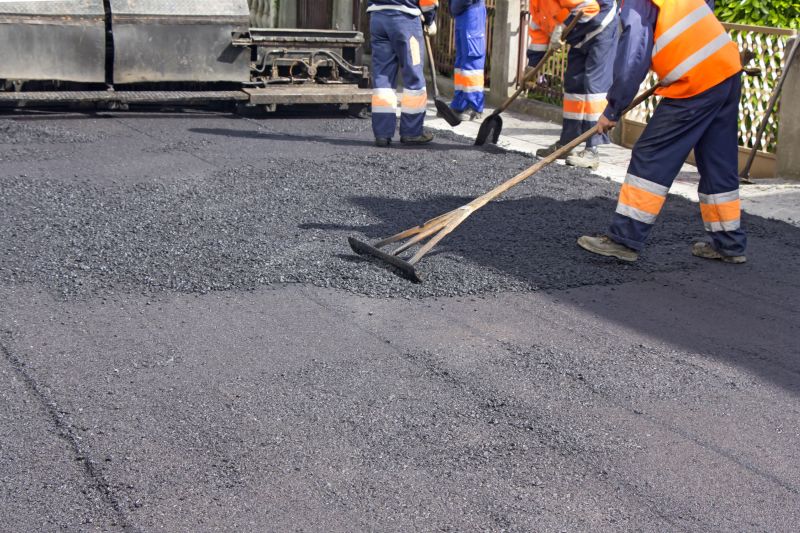
A crew applying asphalt patch during favorable weather.

Completed patching work on a driveway surface.
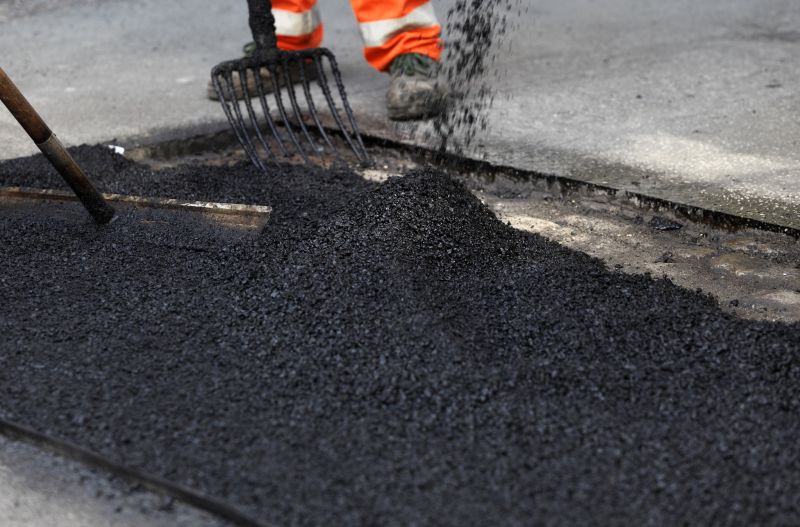
Scheduling patching projects in spring for optimal results.
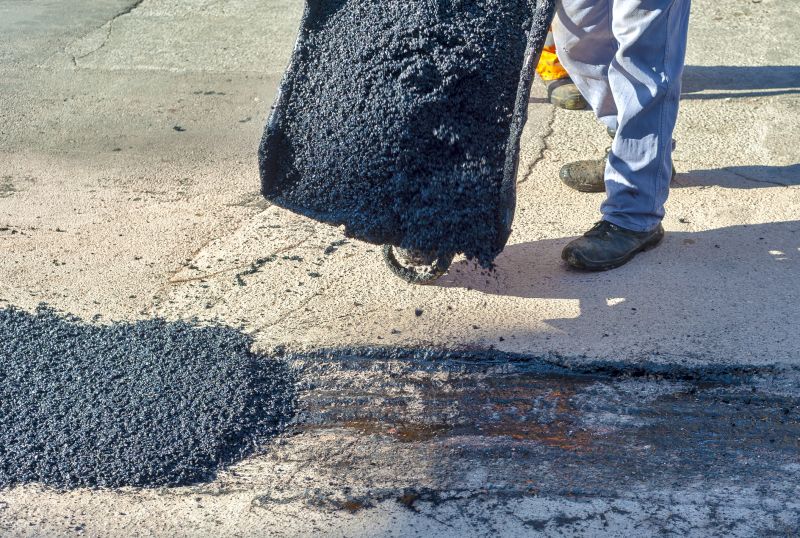
Preparing asphalt surfaces for patching during fall.
| Season | Optimal Conditions |
|---|---|
| Spring | Warm temperatures, low moisture, dry weather |
| Summer | Consistently warm, minimal rain, dry conditions |
| Fall | Stable temperatures, dry days, low humidity |
| Winter | Not recommended due to cold and moisture |
| Late Summer/Early Fall | Ideal for patching projects |
Choosing the right time for blacktop patching ensures the longevity and effectiveness of repairs. Consulting with professionals about seasonal weather patterns can help plan projects for optimal results. Proper timing reduces the risk of patch failure and extends the lifespan of asphalt surfaces.
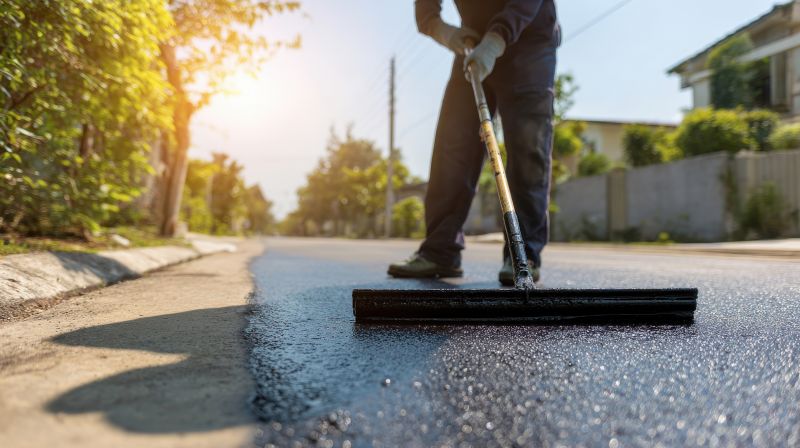
Asphalt patching on a sunny summer day.
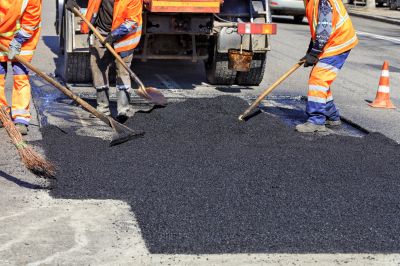
Springtime patching activity.
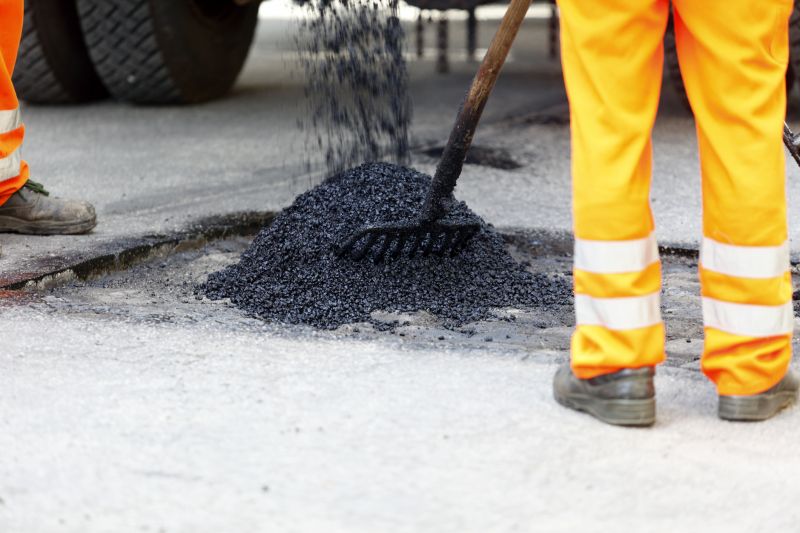
Fall season patching project underway.

Scheduling based on favorable weather conditions.
Interested parties should consider scheduling patching services during the most suitable seasons to maximize durability. Proper planning and timing can lead to significant cost savings and enhanced pavement performance.
